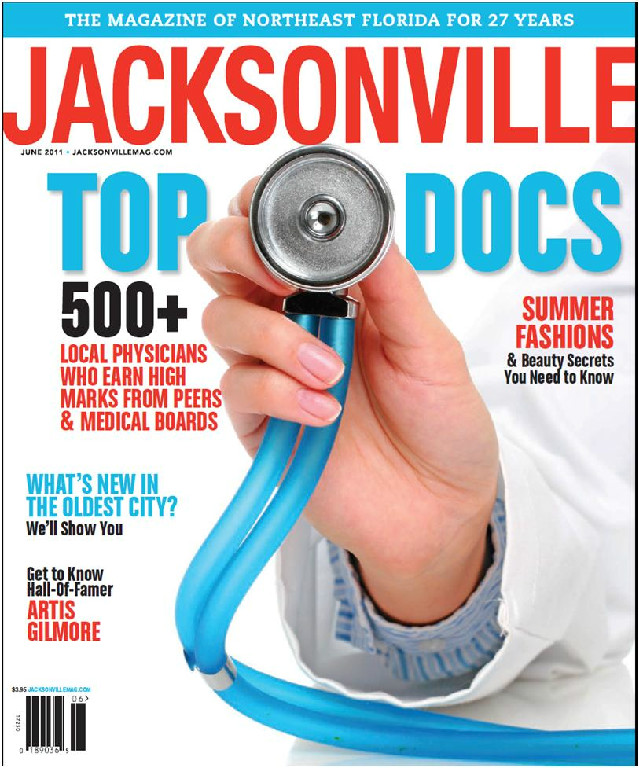
Both adults and children can suffer from ear abnormalities. Dr. Clayman typically recommends ear surgery (otoplasty) if you wish to reshape or reposition the ears so that they blend in more naturally with your face. Ear surgery is relatively low-risk, which is why it is popular among individuals of all ages who are concerned with the appearance of their ears.
Addressing the Individuality of the Ears
Otoplasty is primarily an aesthetic procedure, and is highly effective in reducing much of the psychological discomfort that comes with ears that appear disproportionate in size, or that stick out from the head. Additionally, ear surgery can address congenital deformities and injuries that have impacted the shape of the ears. The goal of otoplasty is to create facial symmetry and produce a consistent aesthetic appearance with the rest of the face.
When performing ear surgery, Dr. Clayman focuses on the unique attributes of your face to address the particular concerns. By concentrating on the natural shape, contour and movement of your head, Dr. Clayman can design a treatment plan that corrects the various intricacies of the ears.
Ear surgery can treat:
- Ears that stick out
- Asymmetry
- Oversized or undersized ears
- Ears that are disproportionate to the head
- Ears that have been injured
- Congenital disabilities
- Misshapen ears
When considering ear surgery, it’s important to think about whether the procedure would improve your quality of life. If you feel self-conscious about your ears and make an effort to hide them, then surgery may be the right solution. During a consultation with Dr. Clayman, you can discuss your concerns and learn more about what otoplasty entails. Dr. Clayman will examine your ears and determine the best way to address your needs.
Because otoplasty is a low-risk procedure, if your ears have reached their full adult size, you are in good general health, and you have realistic expectations for the results, then it’s likely that you are a good candidate for ear surgery.
Choosing the Best Technique
The ears are highly specific to the individual, which means that the methods used to address your particular concerns will vary. Your consultation with Dr. Clayman will outline the most efficient way to reshape or reposition your ears and create the best aesthetic effect.
Otoplasty is performed on adults and children differently due to differences in ear cartilage. Whereas children have softer cartilage that can be reshaped using splints, adults have tougher cartilage that requires slightly more invasive techniques.
Depending on the changes being made and your particular anatomy, incisions for ear surgery can be placed in multiple locations. Dr. Clayman can make incisions either on the inside of the ear or behind it, both of which give him access to the cartilage that needs repair. Each incision is made as inconspicuously as possible, so that any scarring is minimally visible. Once Dr. Clayman has removed and reshaped the ear cartilage, he will close the incisions with sutures.
Your Recovery from Otoplasty
Dr. Clayman will discuss the recovery process with you during your consultation, as it varies from person to person, and will recommend the best time to return to your daily routine, depending on the extent of your surgery.
Keeping your head elevated and occasionally moving around will alleviate any swelling and promote healthy blood circulation. To ensure the success of your surgery, it’s best if you do not place any pressure on your healing ears. A headband will most likely be required during the recovery period.
Most patients can return to work within one week, but your recovery time will depend on your individual case. During your recovery, you will come in for follow-up appointments with Dr. Clayman, who will evaluate your progress. Typically, it takes close to two weeks for the ears to recover entirely.
If you would like more information about otoplasty, or to find out whether ear surgery is right for you, contact Dr. Clayman’s Plastic Surgery Center and Miracle Spa at (904) 388-6110 and schedule a consultation.
